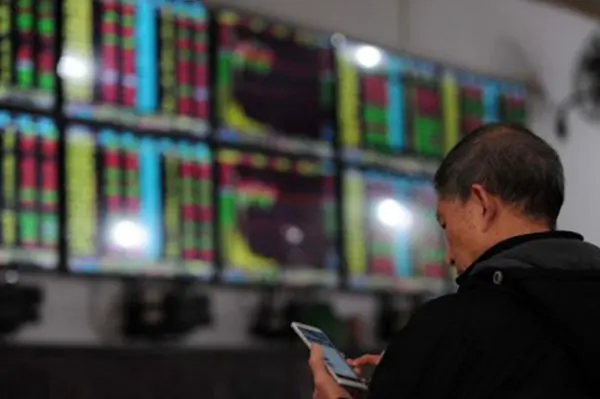(SOUTH CHINA MORNING POST) The short-lived circuit breaker on the mainland created the most chaotic first week of trading in the stock markets’ history and also raised questions about whether Hong Kong should review its plan to launch a circuit breaker later this year.
The mainland circuit breaker was scrapped after only four day of operation after cutting trading short in Shanghai and Shenzhen on Monday and Thursday. The markets traded for just 13 minutes on Thursday before the CSI 300 Index fell 7 per cent and triggered the circuit breaker.
The system, which was supposed to stabilise the market, led to more volatility and panic selling as investors rushed to sell before the markets were suspended. As pressure for a rethink mounted, the China Securities Regulatory Commission held an emergency meeting on Thursday afternoon and then announced the system had been suspended with immediate effect.
Hong Kong announced last year that it planned to introduce a circuit breaker in the middle of this year. The mainland experience last week has led to some discussion about whether Hong Kong should proceed with that plan, but a look at the details shows we should not worry too much about the Hong Kong plan.
The problem with the circuit breaker on the mainland was that its threshold was set too low, with the markets suspended for 15 minutes if the CSI 300 moved by 5 per cent and trading halted for the rest of the day if it moved by 7 per cent.
According to China International Capital Corp calculations, in the 11 years since the CSI 300 Index was composed in 2005, it has fluctuated more than 5 per cent 105 times during intraday trading, and by more than 7 per cent on 33 occasions.
The Hong Kong circuit breaker, which the stock exchange prefers to call a volatility-control mechanism, is designed differently from the ill-fated circuit breaker in the mainland.
First, the Hong Kong system will only suspend certain stocks and not the whole market. The rule would apply to the 81 constituent stocks of the Hang Seng Index and the H-share index and not to all 1,800-odd stocks. The mainland circuit breaker affected all the 2,700-plus stocks in Shanghai and Shenzhen, rather than those of individual companies.
Second, the threshold for triggering the circuit breaker will be higher in Hong Kong, with a five-minute cooling-off period if a share price moves 10 per cent up or down within five minutes.
Third, the Hong Kong system will only take two breaks, one each for the two sessions for the day, whereas on the mainland trading could be suspended for the whole trading day.
The Hong Kong circuit breaker will thus be less likely to be triggered and even if it is will only last five minutes.
The Hong Kong circuit breaker, like those in the United Stated, is designed to address the prospects of a “flash crash” as more high-frequency traders join the market.
Judging by the way it’s been designed, the Hong Kong circuit breaker should not spark chaotic trading scenes similar to those seen on the mainland last week.
 简体中文
简体中文



